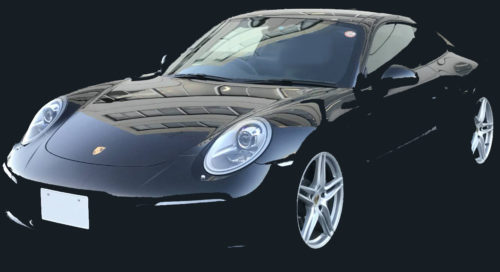About a week ago, I wrote that "I wonder if there will be a Porsche 963 that can be driven on public roads, owned by Roger Penske, owner of the Penske Porsche Motorsports team and Porsche's racing factory partner."
It was rumored that this Porsche would be unveiled in time for the Le Mans 24 Hours race, and just as rumored, a Porsche 963 was announced as the car for Penske right before the Le Mans 24 Hours race.
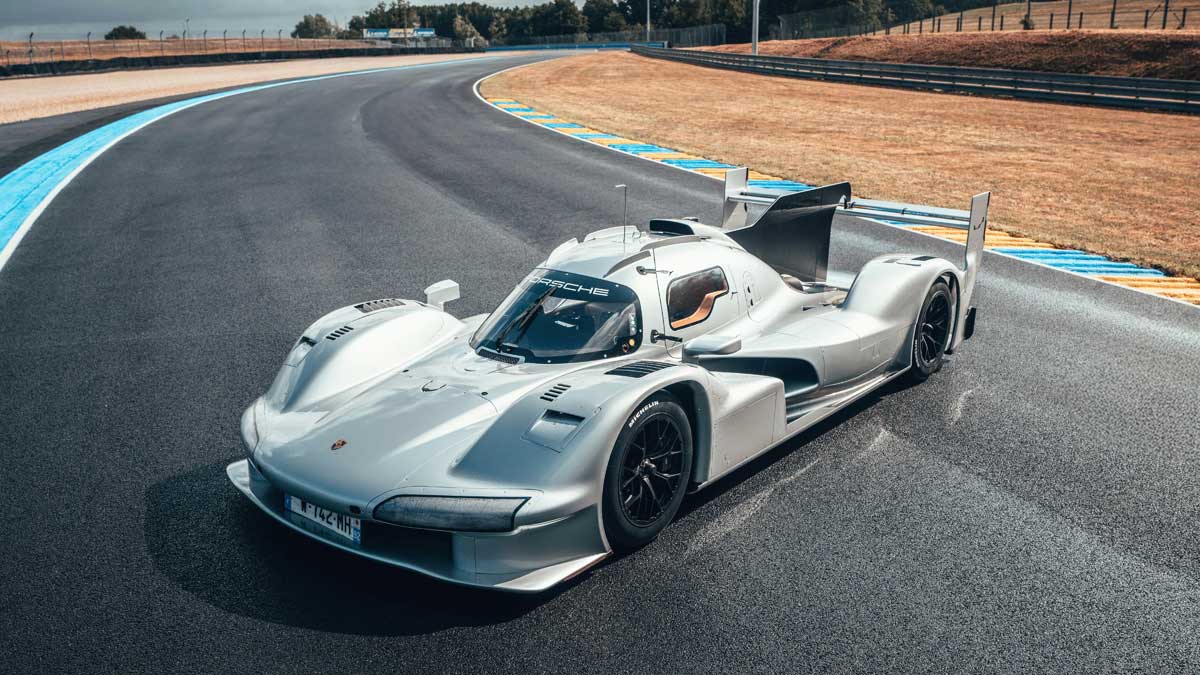
Here is the blog from the other day:The Porsche 963 RSP that can be driven on public roads is probably the only one of its kind in the world, and it's the car for Penske.
The Porsche announced was the Porsche 963 RSP, as announced the other day.
People were wondering what this RSP was, and we were able to confirm the answer by finding out that it was indeed Mr. Penske's initials.
By the way, Mr. Penske is 88 years old. This car at 88 years old. It's amazing (though of course, he doesn't use it on a daily basis... ^^).
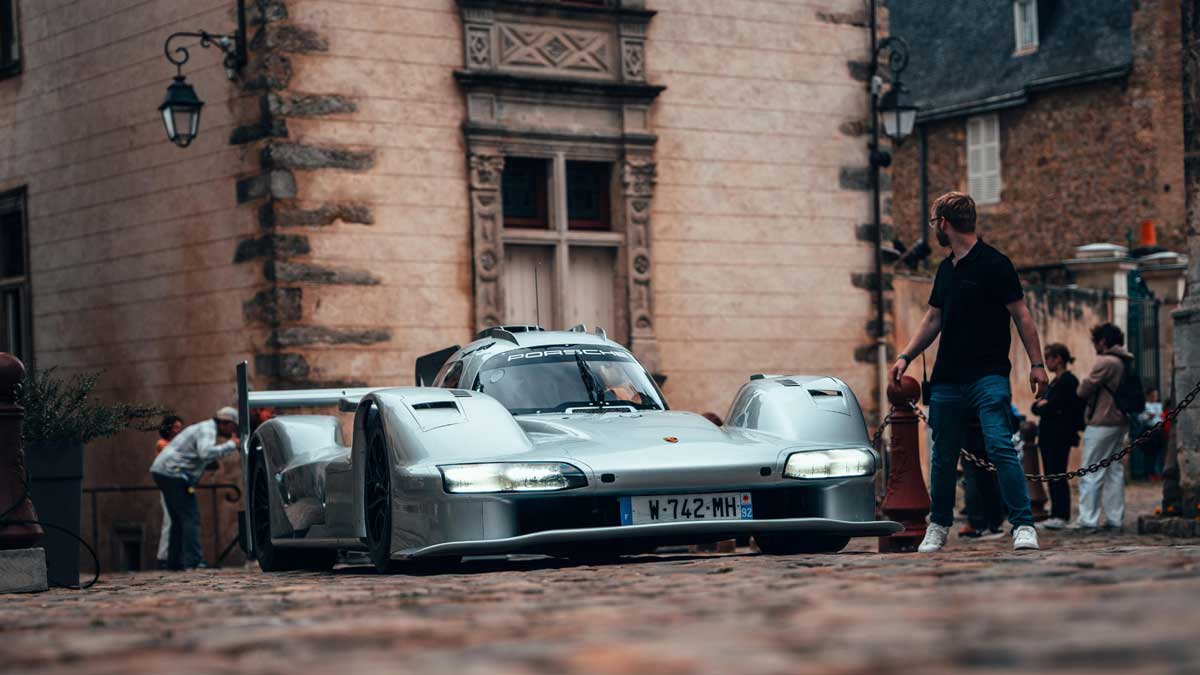
The Porsche 963 RSP is a sister car to the 963 hypercar
The story of how this car was born and an explanation of what this car is like have been released, so let's take a look:
- This ultimate one-off model based on the IMSA and WEC championship winning car faithfully follows the design of the special 917 from 50 years ago.
- On June 6, 2025, the 963 RSP will debut alongside the 917 on the roads near the Circuit de la Sarthe.
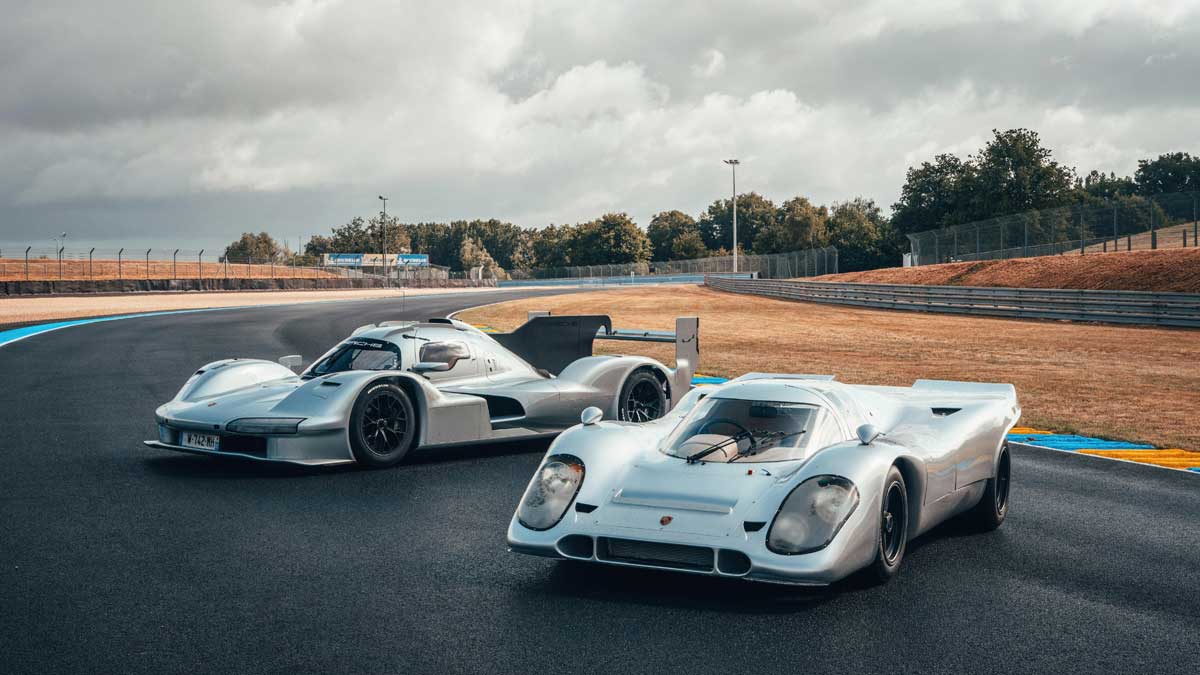
- The car was developed by teams from Porsche AG, Porsche Penske Motorsports and Porsche Cars North America in collaboration with motorsports legend Roger Penske.
- The "RSP" in this car's 963 RSP is the initials of Roger Penske (if you include his middle name, his initials become RSP).Roger Seale Penske)
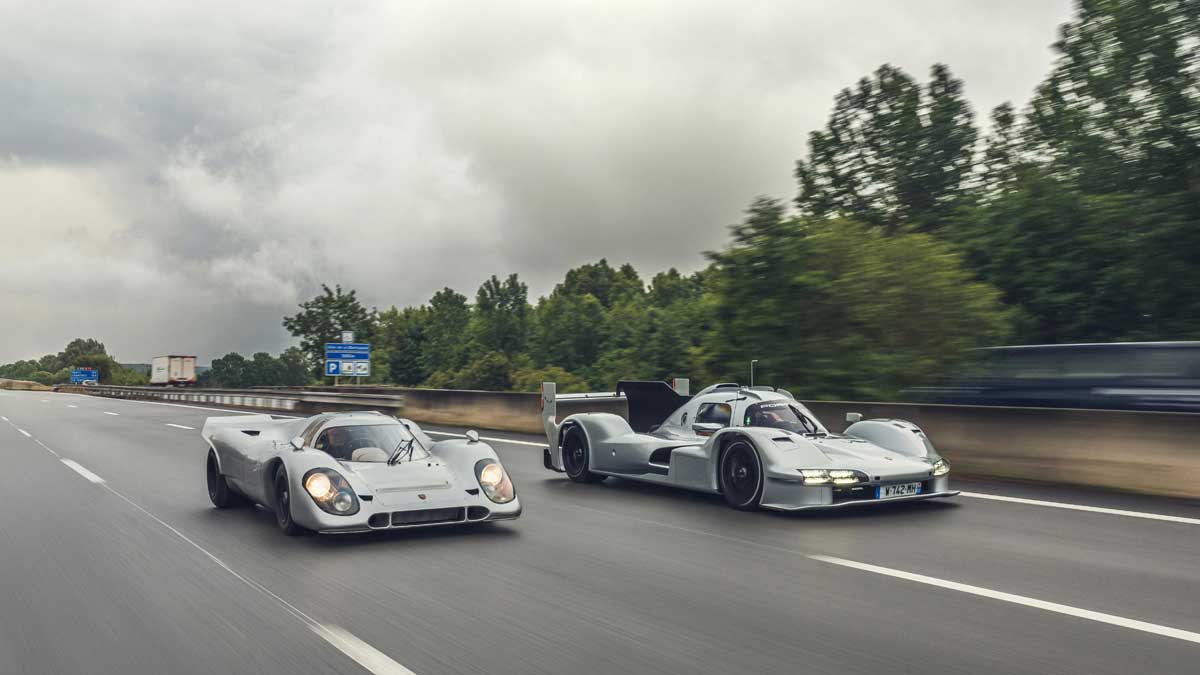
Zuffenhausen to Paris
- In April 1975, the Porsche 917 (chassis 30) became road legal and continues to be driven on public roads in France to this day.
- Taking the same approach as Count Rossi, who created the road-legal 917, the 963 was aimed to be a "racing car in its own right" despite being a road-legal car.
- Unlike the 963, which is wrapped in a racing color scheme, the 963RSP is the first vehicle of its kind to be "painted" in body color.
- Ultra-thin carbon fiber and Kevlar for light weight® Due to the characteristics of the bodywork, this painting job was a very difficult task.
- The color is Martini Silver as a homage to Count Rossi's 917.
- Uniquely modified bodywork and a bespoke tan leather and Alcantara interior inspired by the trim setup employed by Count Rossi 50 years ago.
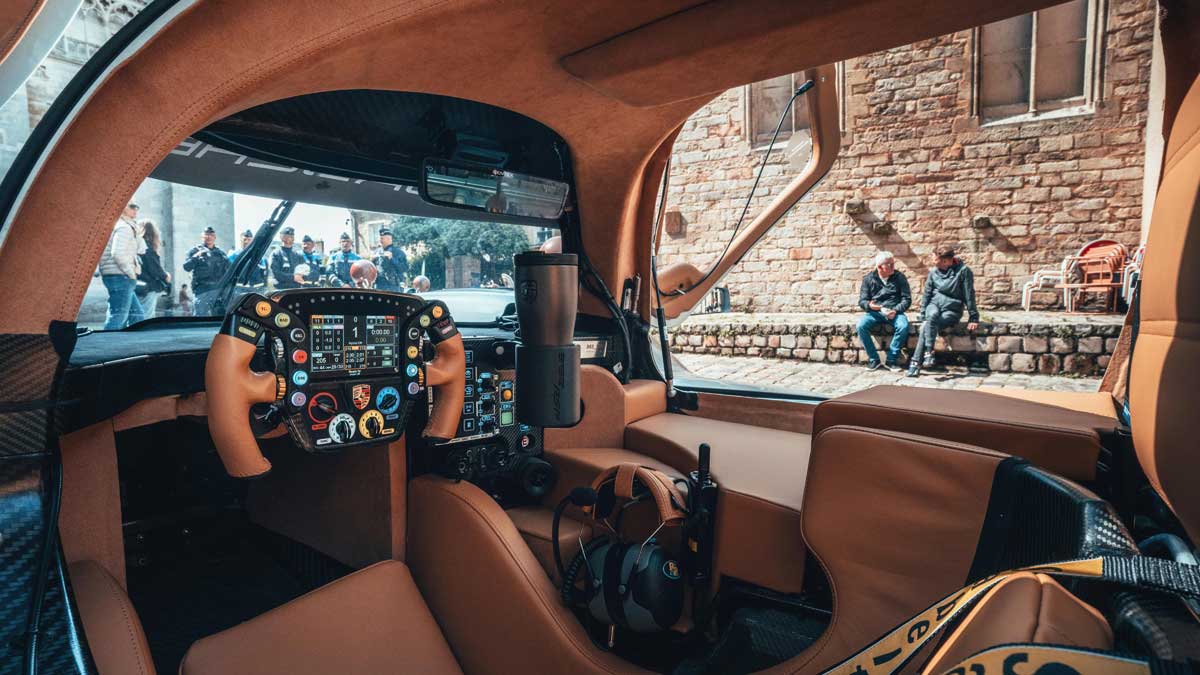
- The 963RSP received a bespoke mechanical and electronics set-up including:
- The car has a higher ride height, softer dampers and a reprogrammed control unit to make the headlights and taillights work more like the road car.
- Modification of the bodywork covering the wheel arches
- Use of Michelin wet compound tyres
- Horn installation
- As a result, the 963RSP met the standards necessary for road use and license plate mounting, with special permission from the French authorities and support from the Automobile Club de l'Ouest (ACO), which runs the Le Mans 24 Hours.
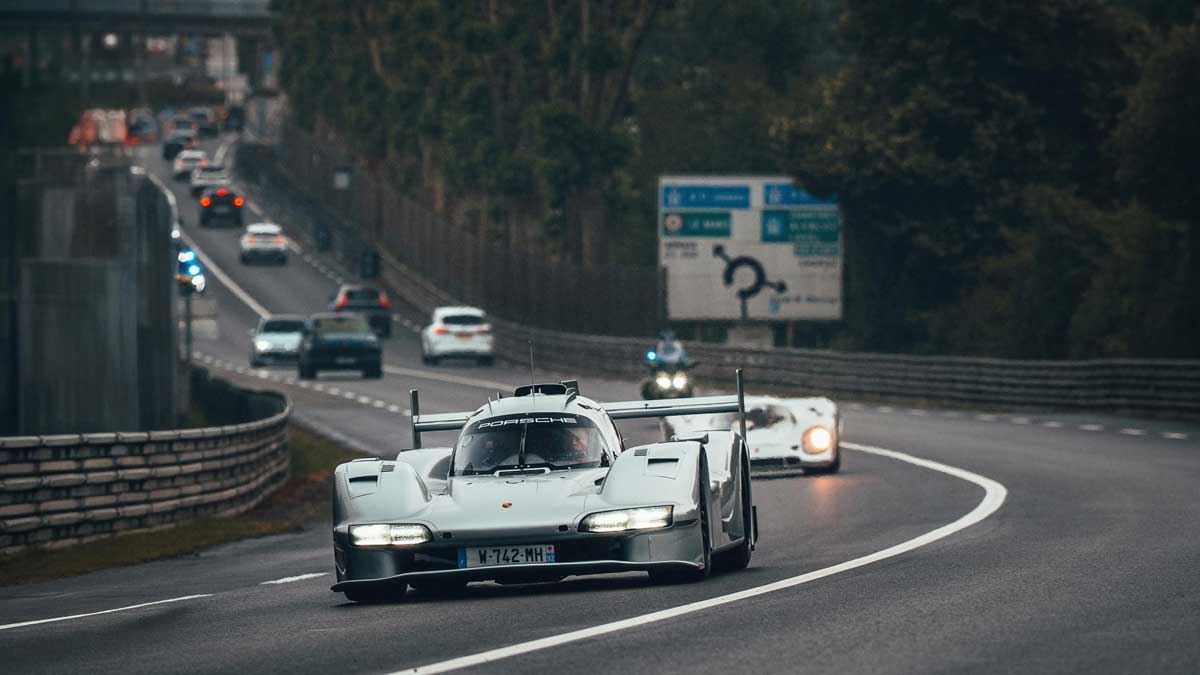
- "We have enjoyed a great relationship with Porsche since 1972," said Roger Penske, chairman of Penske Corporation. "The Porsche 917/30 was a driving force behind one of the most successful periods in Team Penske history, winning numerous victories and championships and including Mark Donohue's closed-course land speed record in 1975."
- The 963 RSP will be on public display at the Circuit de la Sarthe during the 24 Hours of Le Mans, after which it will return to Stuttgart and be exhibited at the Porsche Museum.
- It is scheduled to be exhibited alongside the 917 at the Goodwood Festival of Speed in July 2025 (and will apparently also take part in a hill climb).
- The car is scheduled to be exhibited at Monterey Car Week in California in August 2025.
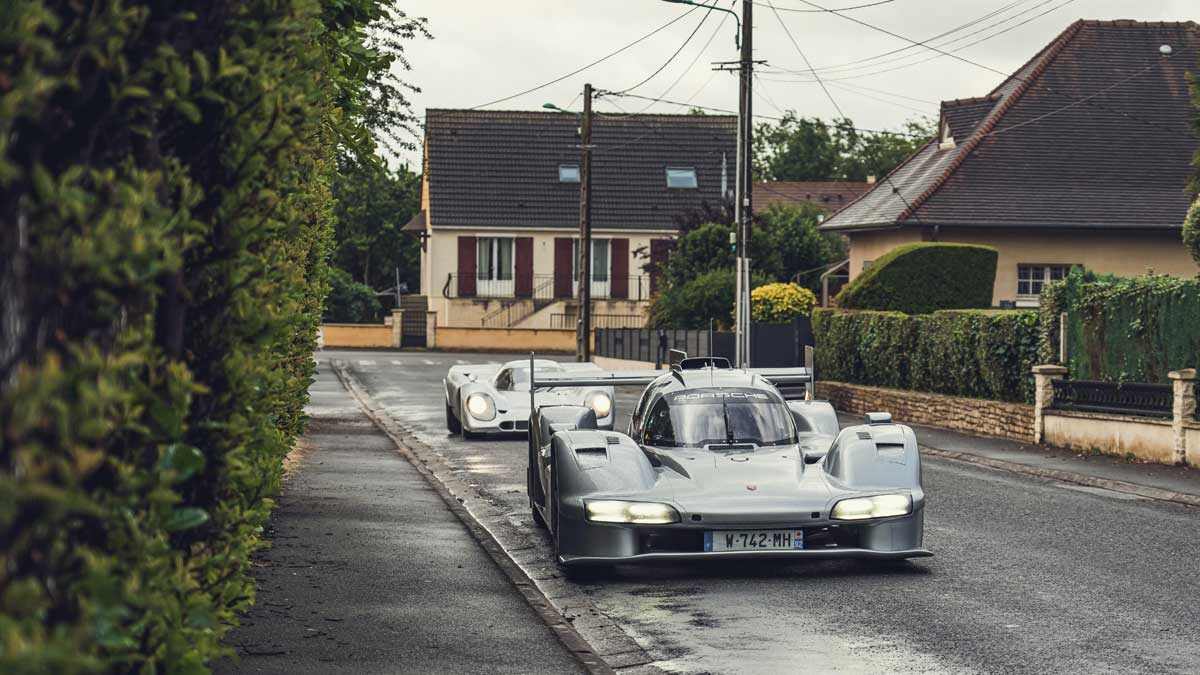
More about the 963 Project
- The project began as a concept hatched during a trackside meeting at Road Atlanta between Timo Resch, president and CEO of Porsche Cars North America, Thomas Laudenbach, vice president of Porsche Motorsport, and Urs Kuratle, director of Factory Racing LMDh.
- The idea was to replicate that feat, inspired by the 917, with the 963.
- The team took the concept idea to Roger Penske and Jonathan Diuguid, managing director of Porsche Penske Motorsports, and the discussions continued.
- Later, Roger Penske was named the customer for this car, and the 963 was named after him with his initials, RSP.
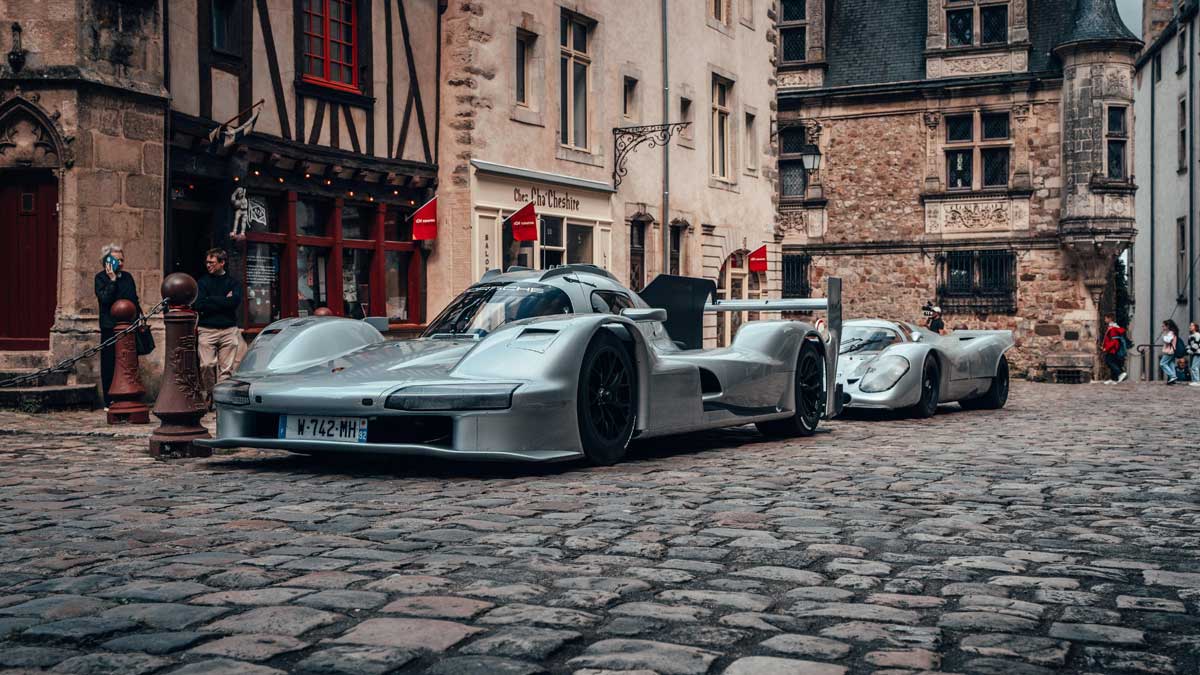
Design Process – Appearance
- Once the concept was decided, the Sonderwunsch team in Zuffenhausen worked with the Sonderwunsch team at Porsche Classic in Atlanta to bring the idea to life.
- Style Porsche's special projects director, Grant Larson, and his designers were inspired by the changes Count Rossi made in 1975 and came up with a 963 that was as close to the original as possible, with a silver and black exterior and tan leather and Alcantara interior.
- The painted Martini Silver was confirmed based on records kept at the Porsche Museum in Stuttgart-Zuffenhausen and was made up of three layers of lacquer.
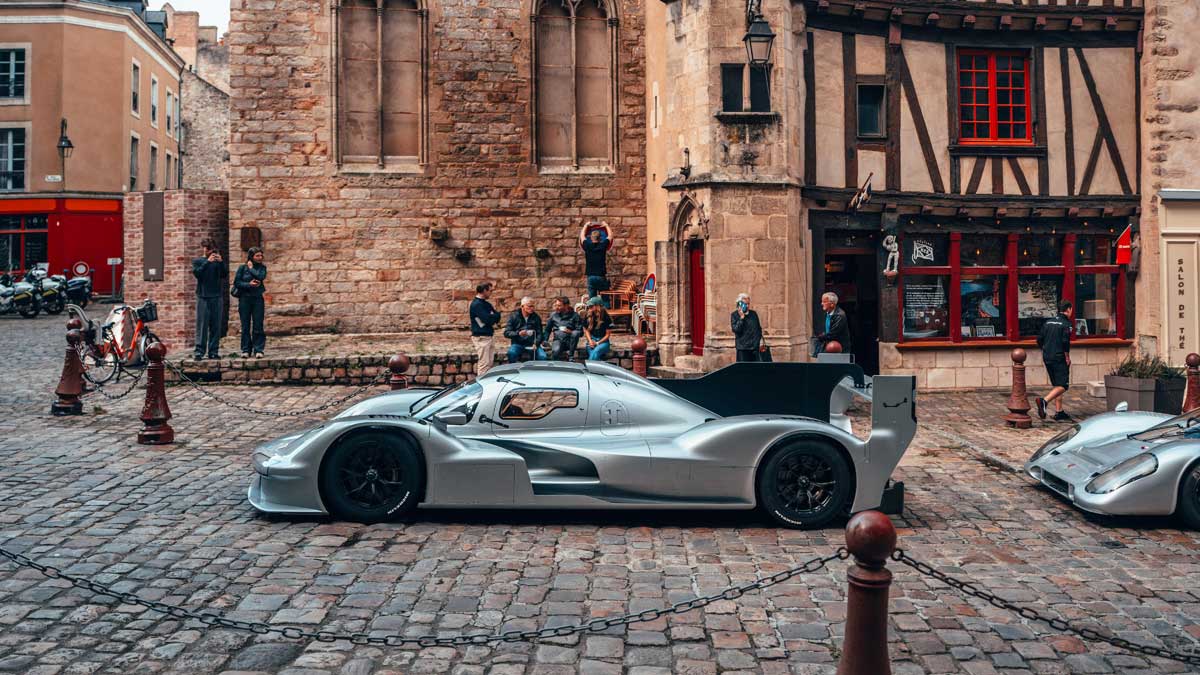
- Changes were made to the 963RSP's bodywork to bring the 963 closer to the 917's shape.
- That includes creating unique fender vents, which results in open fender vents on the front and rear.
- A collaboration between Sonderwunsch and Porsche Penske Motorsports, the vents were digitally rendered before being applied to the vehicle.
- This new design allows air to escape from the wheel wells.
- The carbon fibre blanking plates in the rear wing, a requirement for race cars, were omitted on the 963 RSP.
- The nose of the car now features an enamel Porsche badge, a detail shared with the 917.
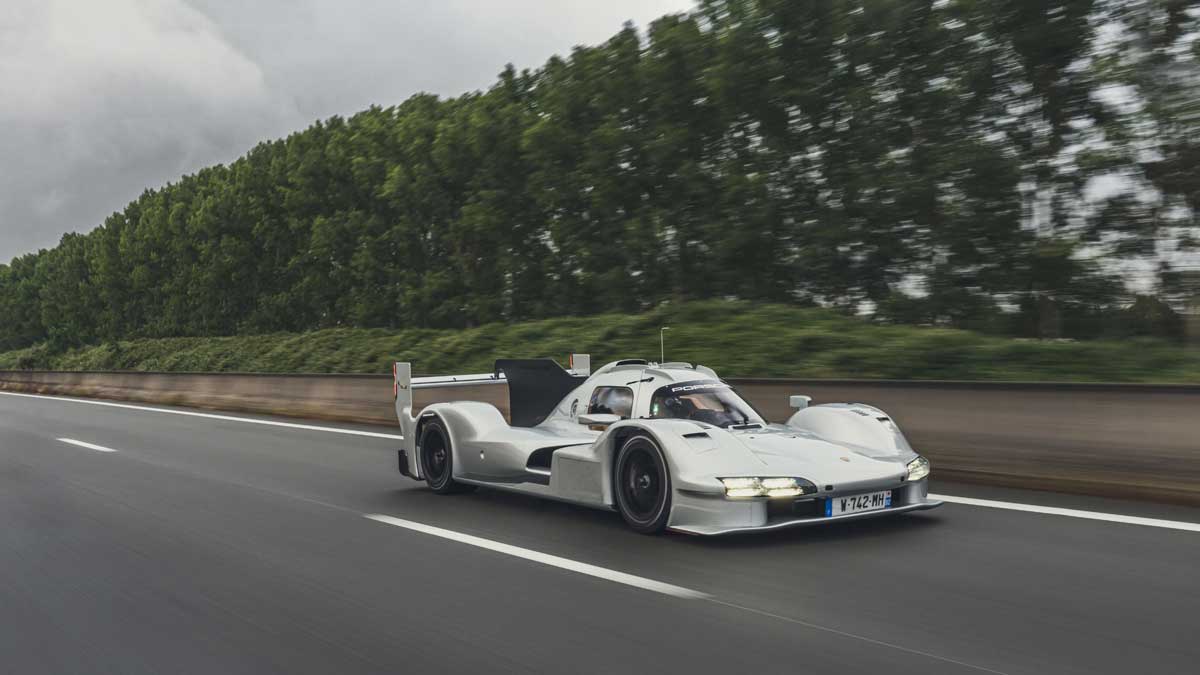
- Detail changes include the addition of a 1970s-style Michelin logo to the tire wall and the addition of rain-spec 18-inch OZ Racing forged wheels.
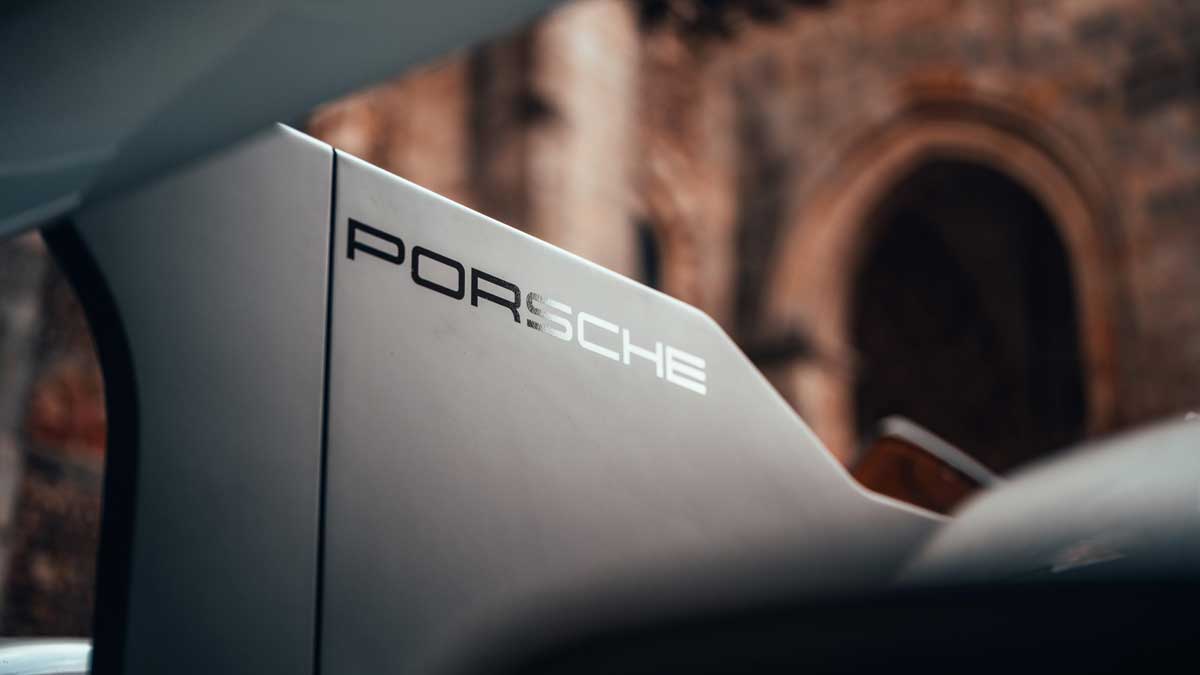
Design Process – Interior
- The 963RSP features a combination of soft tan leather and Alcantara.
- With a focus on comfort, the carbon fiber one-piece seats are covered in leather and have a soft cushion in the middle.
- The headrests are fixedly attached to the carbon fibre bulkhead.
- Air conditioning is also available.
- The footwell leg cushions, roof lining and pillars are reupholstered in light Alcantara, while the steering wheel is finished in leather.
- It also comes with a removable 3D printed cup holder that can safely hold a Porsche travel mug.
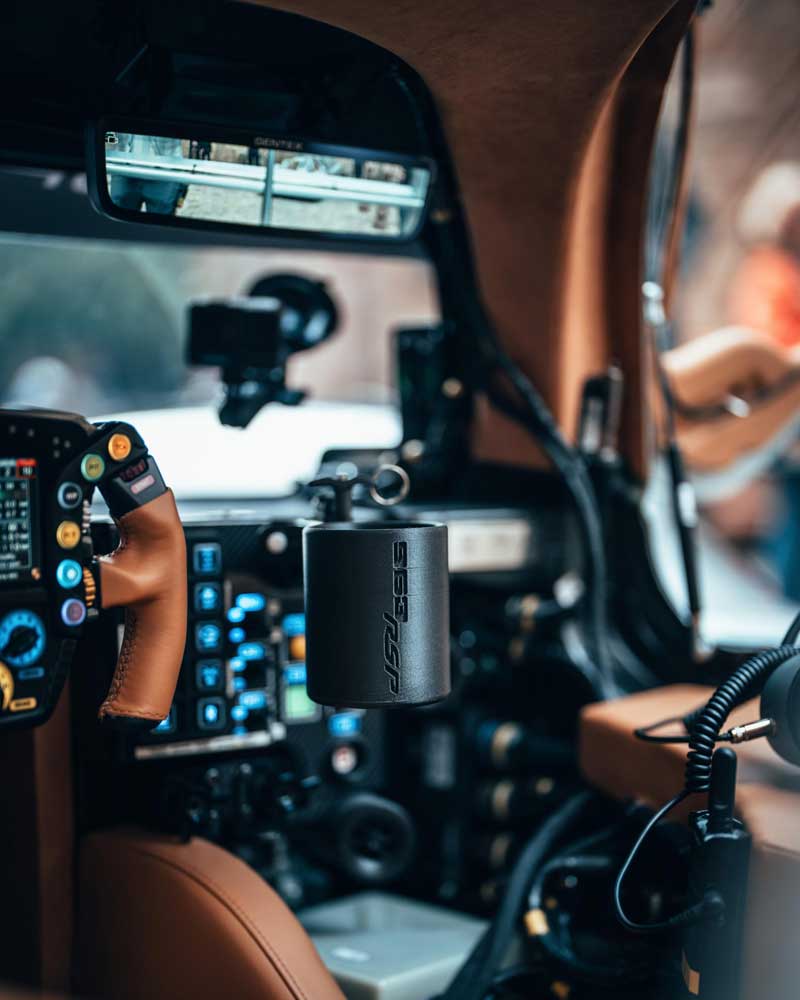
- Next to the driver is a newly trimmed panel that can be used to store the car's Peltor headset and steering wheel when not in use, as well as a laptop to assist in starting and operating the car and Penske's custom carbon helmet. (Note: Instead of starting the engine with a key like the 917 road-going version, the engine is started using a laptop!)
- The interior colors are a clear homage to the 917, but there are also more subtle design elements.
- The end plates, custom made for the ventilation system, mimic the design of the fan on top of the 917's flat-12 engine.
- The doors are finished in leather and Alcantara, and one door features an alloy plaque indicating the chassis number, production date and location.
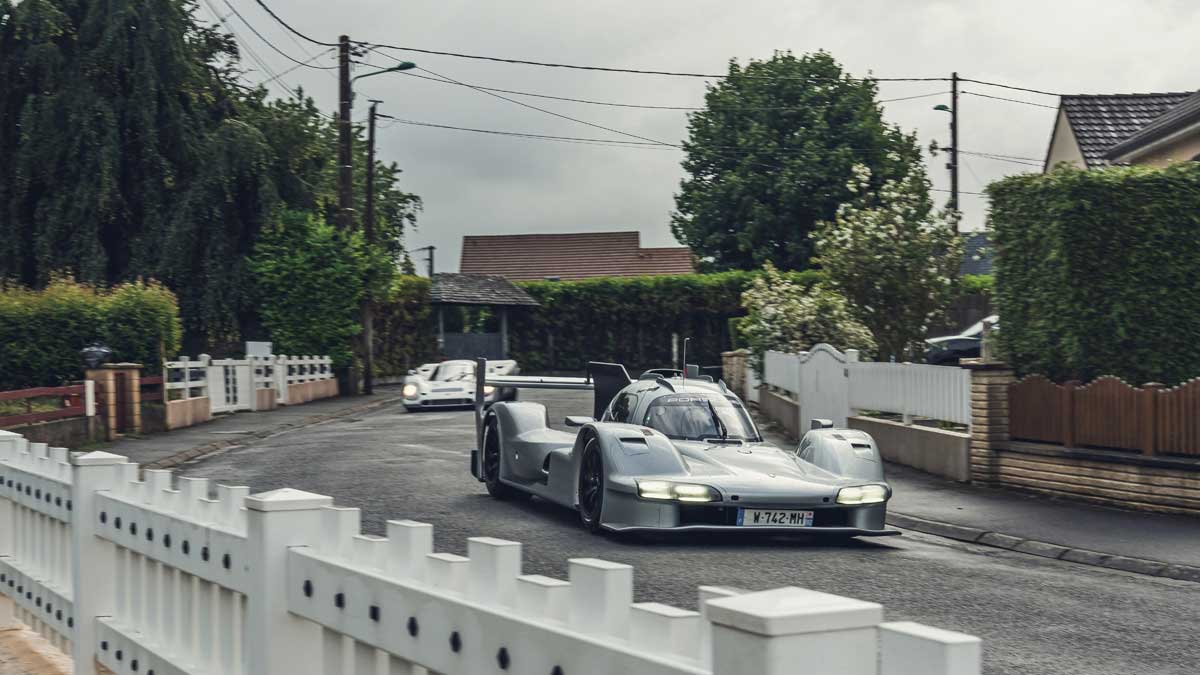
Mechanical changes
- The vehicle height has been raised to its maximum setting to accommodate use on public roads.
- Meanwhile, the adjustable Multimatic DSSV dampers, designed for racing prototypes, are set to their softest setting for a more comfortable ride.
- The control unit has been modified to allow the operation of the turn signals and the headlights to be adjusted to suit road conditions.
- The hybrid V8 powertrain, which is equipped with a lithium-ion battery and can run on electric power alone, is tuned to its race specification in the 963 RSP, but the output from the MGU (motor generator unit) has been remapped to provide a smoother power supply suitable for road use.
- The powertrain was remapped to work with standard gas stations (apparently this was a big undertaking for the team).
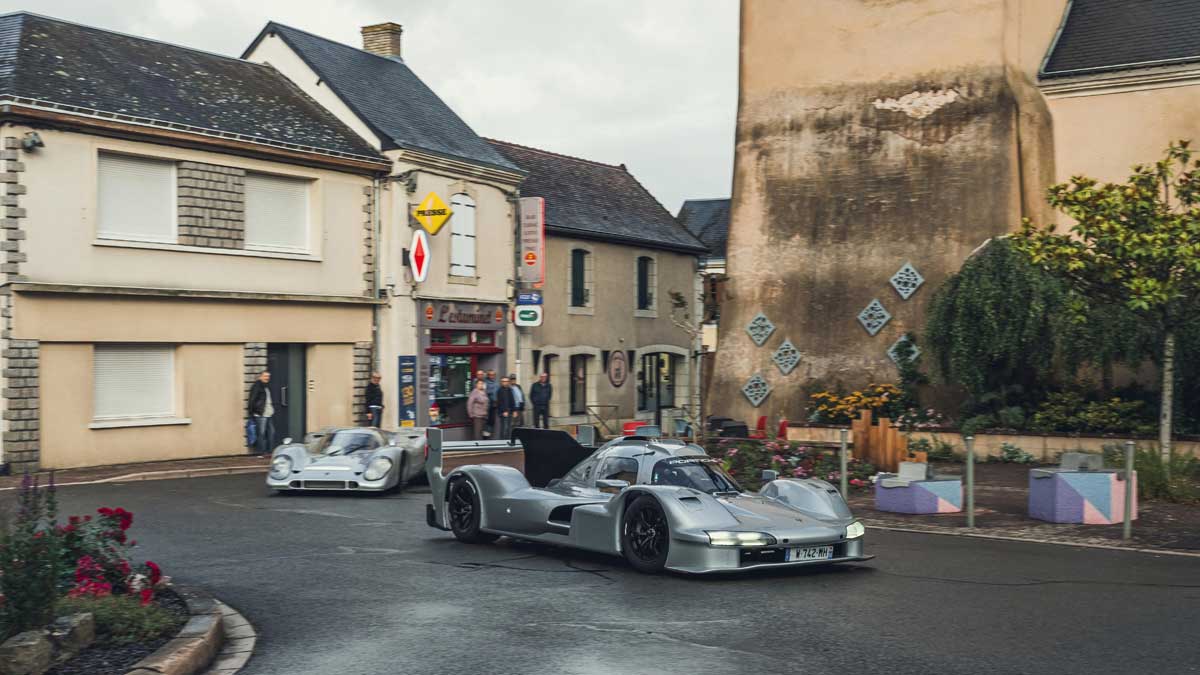
Final touches
- The 963 RSP comes with a custom-fit carbon crash helmet with Martini Silver accents to match the body color, a bespoke Snap-on tool set with a chest with matching accents, and more.
- The 963 RSP can be driven on public roads under special conditions and in accordance with local regulations (in fact, when it debuted in France, it was modified to use the manufacturer's license plate, known as the "W number").
- However, this car has not been officially approved as a Porsche production model, but is instead positioned as a unique, special one-off model.
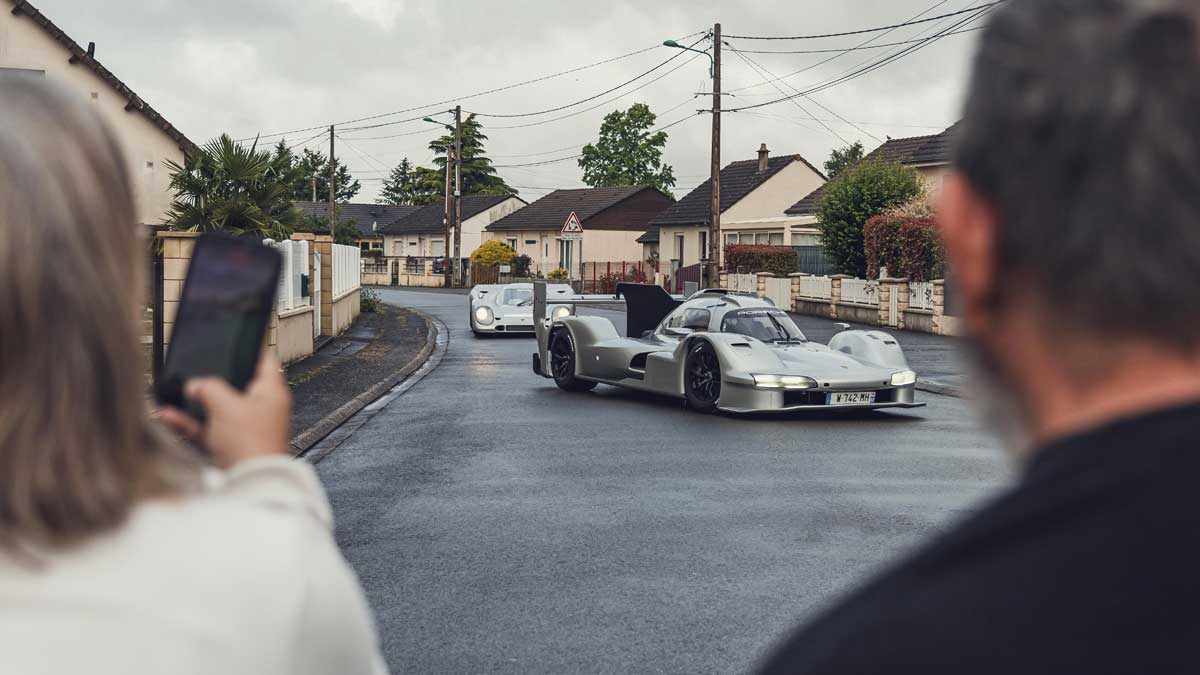
963 powertrain
- The 963 is powered by a 4.6-liter twin-turbo V8 engine making around 680 horsepower, derived from the Penske-run RS Spyder race program that won every LMP2 class title in the American Le Mans Series from 2006 to 2008.
- The engine was enlarged from 3.4 liters to 4.6 liters and was subsequently used in the limited-edition 918 Spyder road car that debuted in 2013.
- The engine's flat crankshaft and short stroke allow for low mounting points, optimizing the vehicle's centre of gravity.
- Whereas the 918 Spyder used a naturally aspirated engine, the 963 is mated to two turbochargers supplied by Dutch manufacturer Van der Lee.
- These turbochargers generate very modest boost pressure and are mounted on the hot side of the engine for optimal throttle response.
- Overall, around 80% of the 963's engine components are shared with the 918 Spyder (which was already designed to work with a hybrid system).
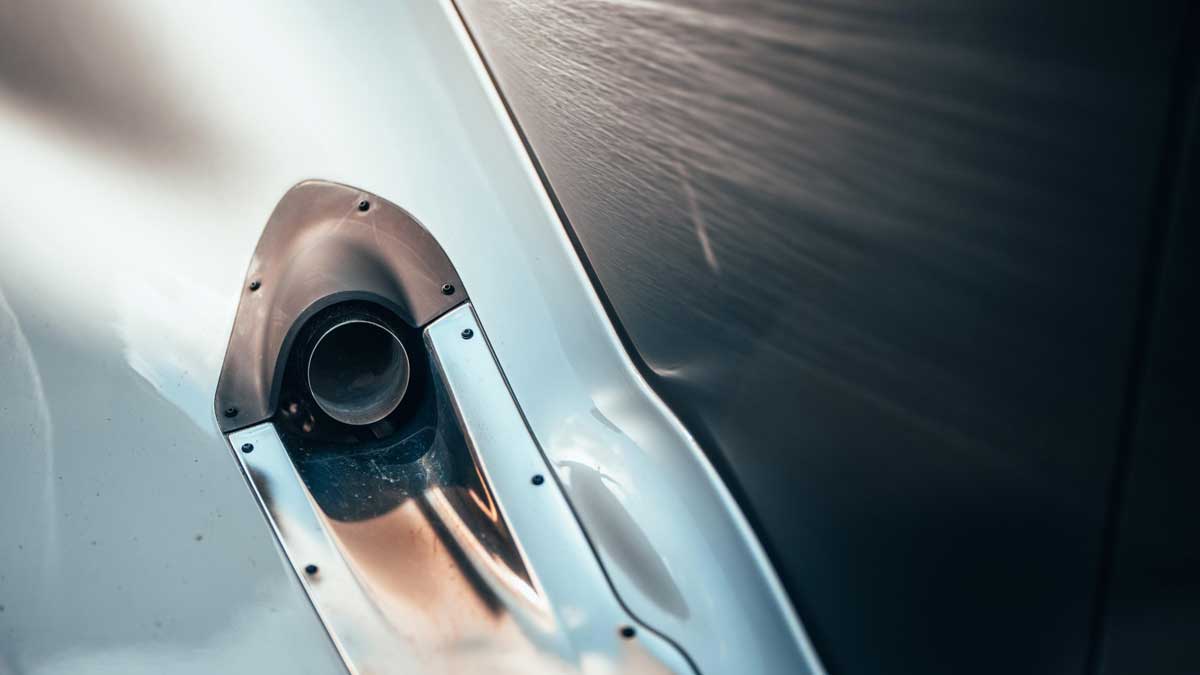
- Standard components for the electric boost system are supplied by Bosch (motor-generator unit, electronic control units, software) and Williams Advanced Engineering (high-voltage battery).
- The Motor Generator Unit (MGU) is responsible for recuperation and power output during rear braking and works directly with the Xtrac 7-speed sequential gearbox.
- The MGU is located in the bell housing between the internal combustion engine and the gearbox.
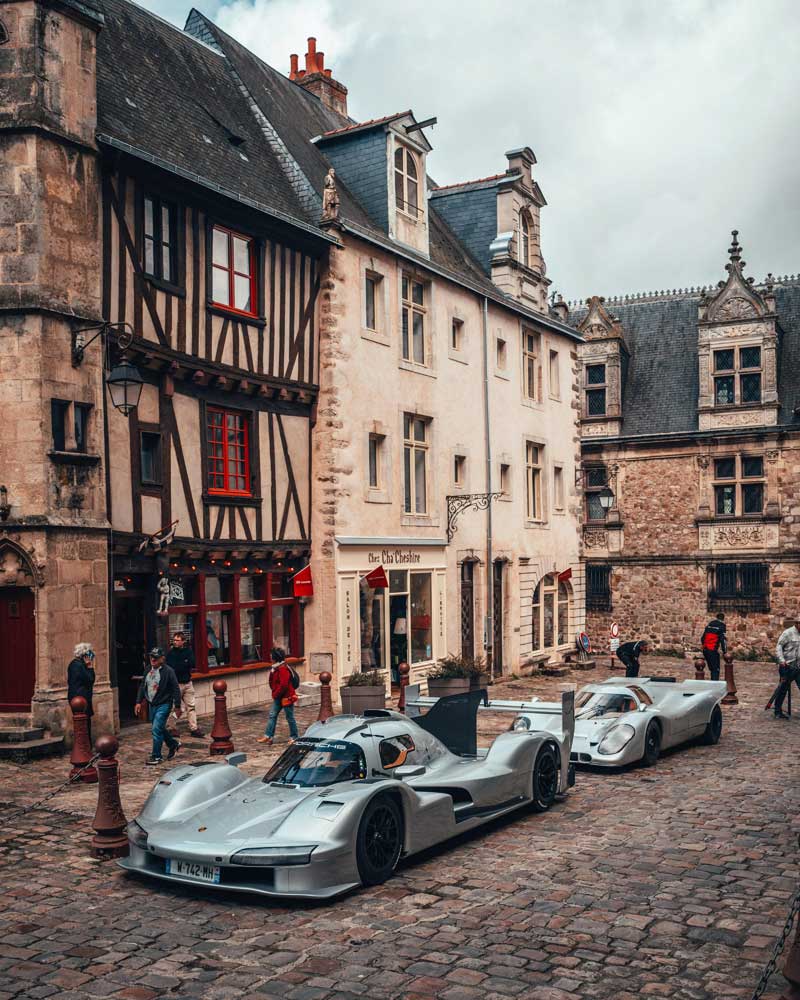
- The entire hybrid electrical system produces up to 800 volts
- The uniform battery has an energy capacity of 1.35 kWh and is always available for use during acceleration.
- An additional 30-50kW of power is available as a short-term boost, but this does not change the total power of the entire powertrain.
- When the MGU applies thrust, the power of the internal combustion engine (which can reach over 8,000 rpm depending on BoP) is automatically reduced accordingly.
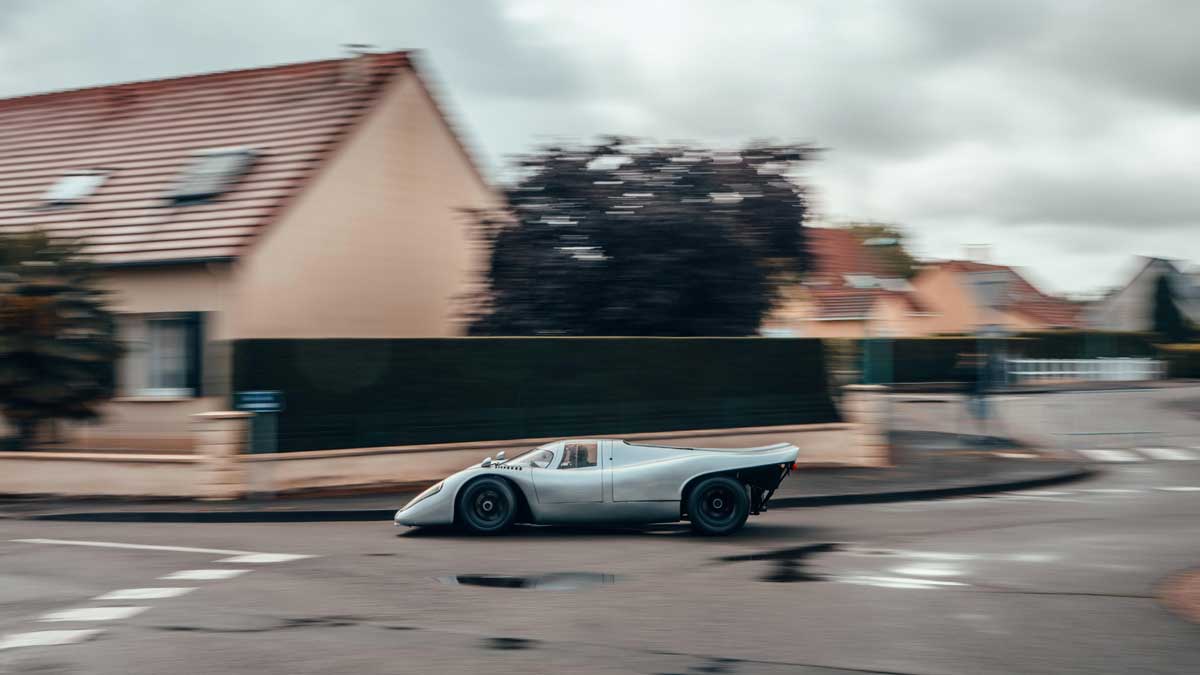
By the way, this is not an official announcement, but according to what Porsche told Autocar magazine, the cost of building this 963 RSP is said to be around 5 million euros (approximately 820 million yen at current exchange rates).
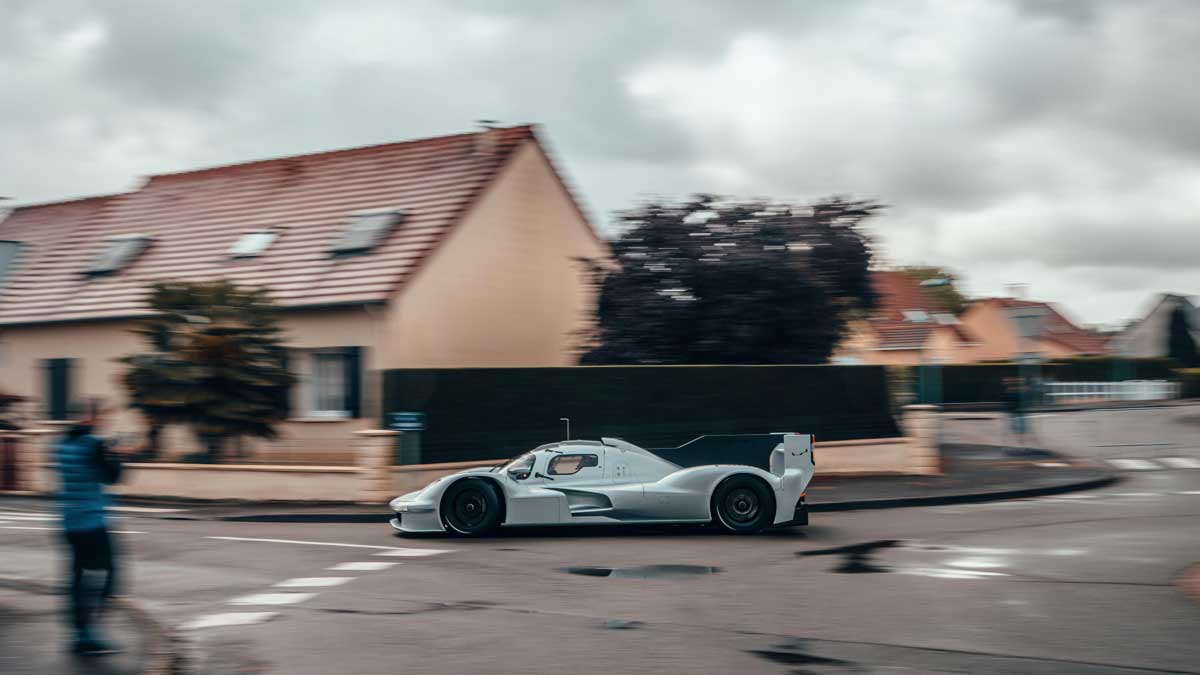
Furthermore, at the moment, this car is the only one in the world, but if there is a request, there is a possibility that they will make another one... so if you are interested, please check it out ^^
Source:
◆(Official)Race to the road: Introducing the Porsche 963 RSP
◆Porsche reveals road-legal version of 963 Le Mans racer
◆963 RSP Revealed: Meet Porsche's Street-Legal Le Mans Hypercar
◆Porsche Built A One-Off Street-Legal 963 Hypercar For 88-Year-Old Roger Penske
Related article:
◆The Porsche 963 RSP that can be driven on public roads is probably the only one of its kind in the world, and it's the car for Penske.
◆50 years since the birth of the road-legal Porsche 917, Porsche 963 may also be released as a road-legal model

